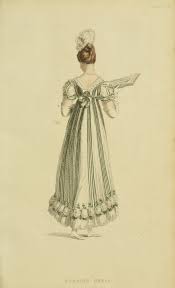SALIVA’S MYSTERIES
Functions
1. Digestion
·
The digestive functions of saliva include
moistening food and helping to create a food bolus. This lubricative function of saliva allows the
food bolus to be passed easily from the mouth into the esophagus.
·
Saliva contains the enzyme amylase, also called
ptyalin, which is capable of breaking down starch into simpler sugars that can
be later absorbed or further broken down in the small intestine.
·
Salivary glands also secrete salivary lipase (a
more potent form of lipase) to begin fat digestion. Salivary lipase plays a large role in fat
digestion in newborn infants as their pancreatic lipase still needs some time
to develop.
·
It also contains small amounts of the digestive
enzyme amylase, which chemically breaks down carbohydrates into simpler
compounds.
2. Disinfectants
·
Researchers find human saliva contains such
antibacterial agents as secretory IgA, lactoferrin, lysozyme and peroxidase. It has not been shown that human licking of
wounds disinfects them, but licking is likely to help clean the wound by
removing larger contaminants.
3. Lubricates and moistens
·
It lubricates and moistens the inside of the
mouth to help with speech and to change food into a liquid or semisolid mass
that can be tasted and swallowed more easily.
·
It also helps soften food and spread it to your
teeth so that you don't have to chew as hard.
4. Control the body’s water balance
·
Saliva helps to control the body’s water
balance; if water is lacking, the salivary glands become dehydrated, leaving
the mouth dry, which causes a sensation of thirst and stimulates the need to
drink.
5. Reduces tooth decay
·
Saliva reduces tooth decay and infection by
removing food debris, dead cells, bacteria, and white blood cells.
·
It also has a protective function, helping to
prevent bacterial build-up on the teeth and washing away adhered food
particles.
6. Taste receptors
- Saliva spreads molecules to the taste receptors on the tongue so you can tell whether something is salty, sour, sweet or spicy.
REFERENCES:

No comments:
Post a Comment